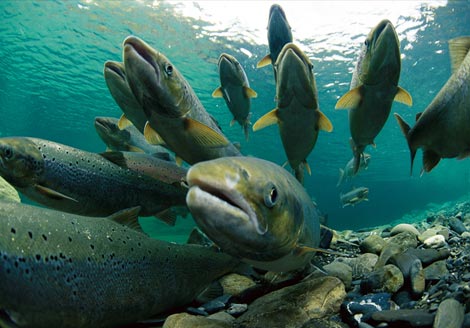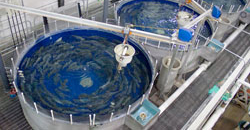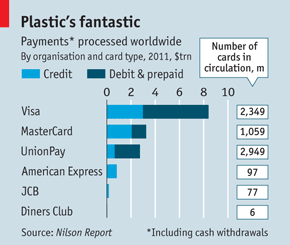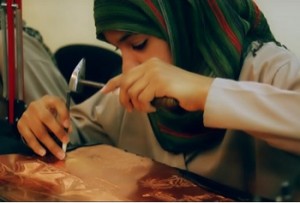Tony Wanless’s blog about the affect of the Washington State vote to legalize marijuana on BC’s growing illegal marijuana industry is very interesting and prevalent. The humorous writing style contrasted with the seriousness of the topic makes it an enjoyable read. Nevertheless, it is informative and brings to light the very real consequences this new decision has on BC.
The proceeds that criminal organizations are making here in B.C. by delivering the product to Washington State will decrease substantially because they will no longer be able to reach the black market. However, other markets for B.C. bud will remain. My feeling is the industry won’t vanish but the loss of Washington State in particular will be felt. BC’s reputation for premium quality marijuana will help it to retain market share although some of it will be lost.
Wanless exaggerates the extent to which the Washington State vote will affect the illegal BC marijuana industry (which I believe is part of the humor) but does stress the fact that marijuana is a large source of income within BC.
Original Article:
http://www.bcbusinessonline.ca/politics/bye-bye-bc-bud

















